Windows 10 Router Software [Top Picks]
4 min. read
Updated on
Read our disclosure page to find out how can you help Windows Report sustain the editorial team. Read more
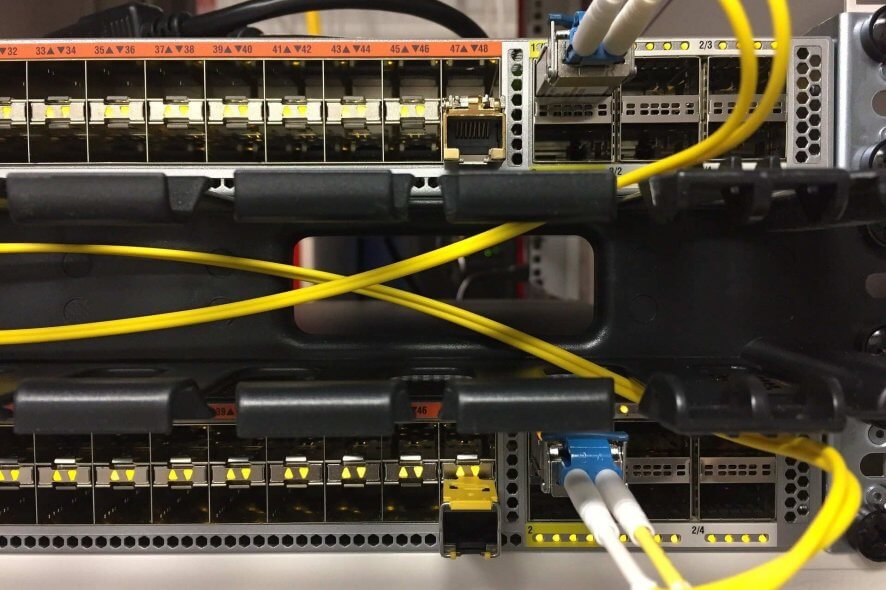
The router connects your desktop or laptop to web and other networks, and that also comes with its own built-in software, which is otherwise firmware. Router firmware is software that enables you to configure your router and network settings. This is software that you can usually open in your web browser and configure network settings from there.
Default Router Software
To get a better idea of what you can do with router firmware, first check out your router’s default software. To do that, you’ll need to enter your IP address in a browser’s URL bar. To get the IP address, press the Win key + R hotkey and type ‘cmd’ in Run to open the Command Prompt. Input ‘ipconfig’ in the Command Prompt and press the Return key. Your IP address is the second number listed under Default Gateway.
Now open your browser, input the IP address in the URL bar and press Enter. That will open your router firmware in the browser as shown in the shot below. From there, you might be able to configure your network channel, adjust the network title, reboot the router, revert to default settings and open other network diagnostic tools after logging in.
However, the default firmware isn’t the only software you can configure your router with. There are third-party firmware packages for Wi-Fi routers. Some of the third-party router firmware might have handy network settings not included in the default software. With alternative software, you might be able to boost the Wi-Fi signal and track bandwidth usage. This is some of the custom router firmware you might be able to install, but much depends on if the software supports your router. Also note that not all third-party router software comes with a warranty.
OpenWRT
OpenWRT is open-source firmware with a writable filesystem that you can download from the software’s site. This firmware isn’t especially straightforward to set up or operate, but it provides tons of options and supports a broad range of routers listed on this page. OpenWRT users can configure IPv4 support, IPv6 native stack, port forwarding protocols, traffic shaping, the DNS, Dynamic DNS services and much more. In addition, it provides network monitoring stats with extra software such as Nagios Core. The software now has a more extensive web UI based on LuCI, and extensions such as X-WRT also provide alternative UIs for OpenWRT.
Gargoyle
Gargoyle is another open-source router management utility you can download from here. This page on the software’s website lists compatible routers, and the firmware works best in the Firefox, Opera and Safari browsers. There are also routers available with Gargoyle pre-installed. The software enables users to monitor bandwidth usage for network devices with customizable graphs. In addition, Gargoyle users can block websites, configure wireless bridge networks and allocate network resources with quotas and throttles.
DD-WRT
DD-WRT is third-party router firmware that supports more than 200 alternative devices, and you can find out if that includes your router by entering the model in the database text box on this page. If the router is supported, you can click its model to download the firmware. As the software is based on OpenWRT, it shares many of the same options and settings. For example, it provides users with real-time bandwidth monitoring, VPN support, IPv4 and IPv6 settings, QoS to prioritize traffic with and filtering systems. Those options and features are included within a more intuitive UI than OpenWRT, and it also includes other novelties such as as the Wake-On-LAN option.
Tomato

Those are some of the third-party firmware packages you can boost your Wi-Fi router with. At the very least, they’ll give you handy bandwidth-monitoring tools. Check out this Windows Report article for details on how you can update your router’s firmware.


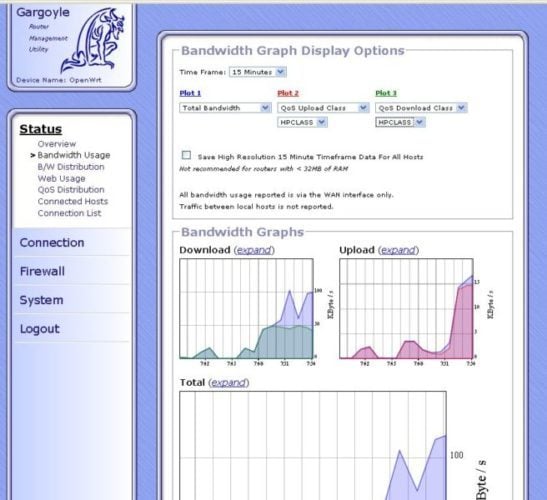


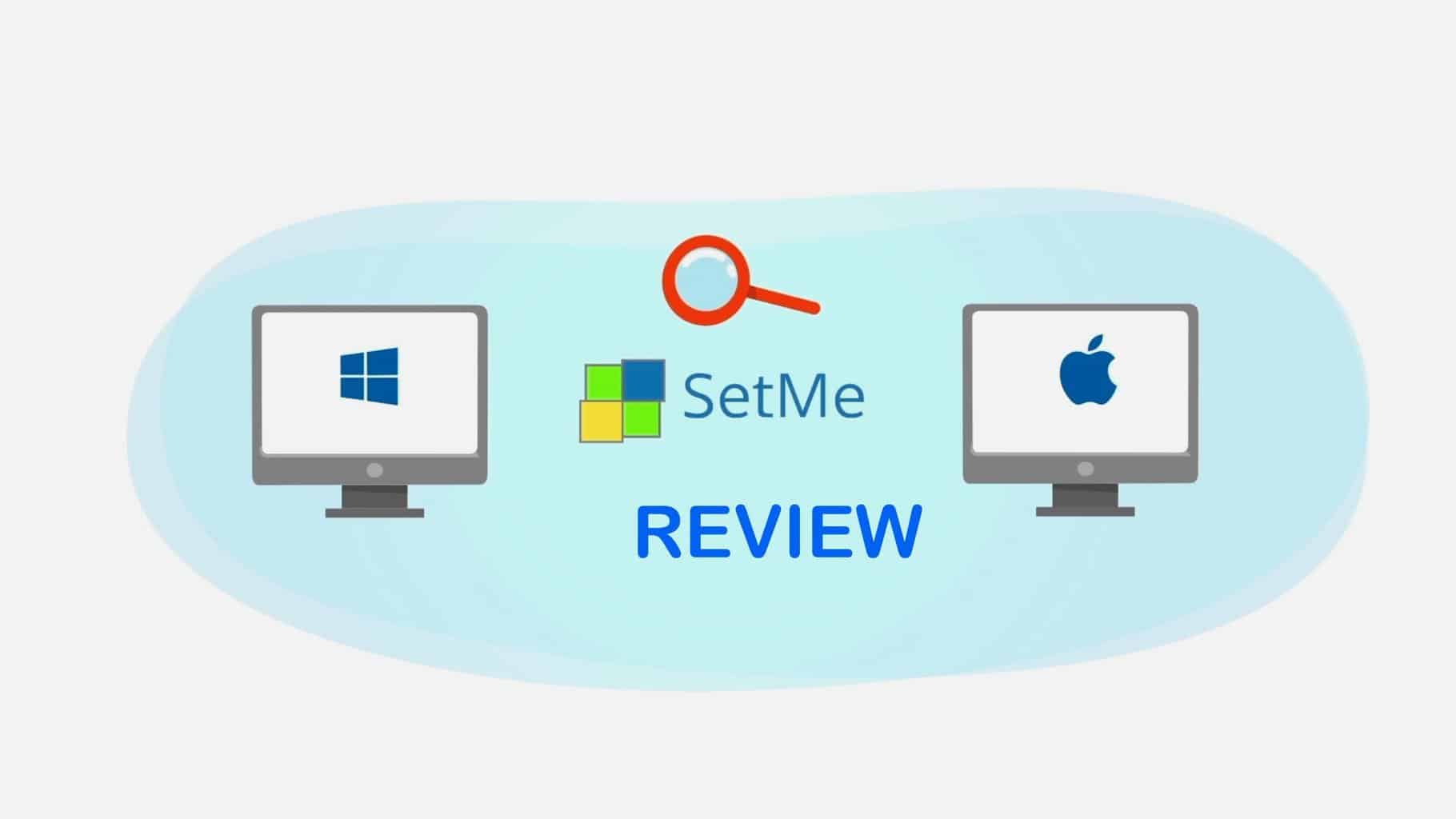


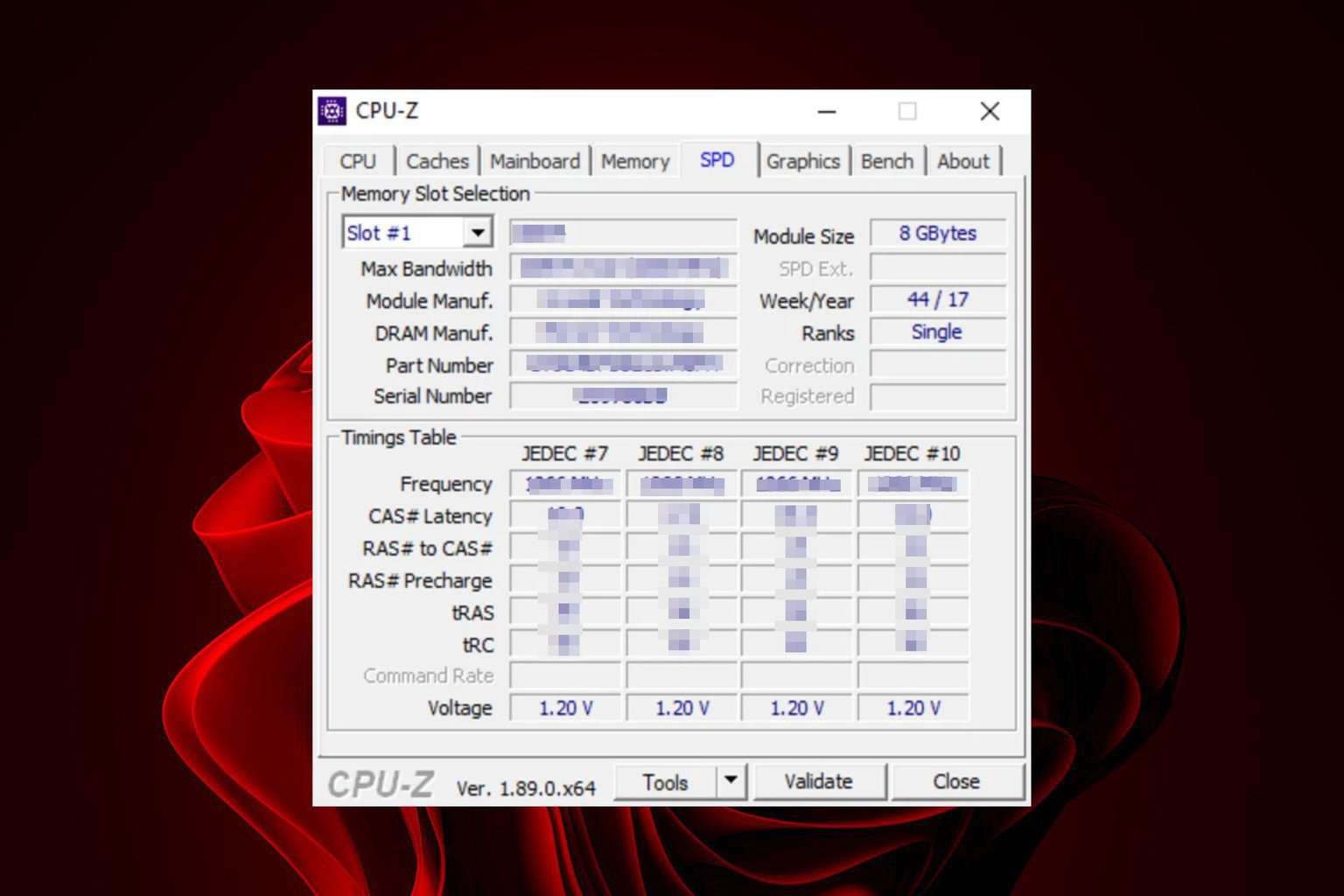
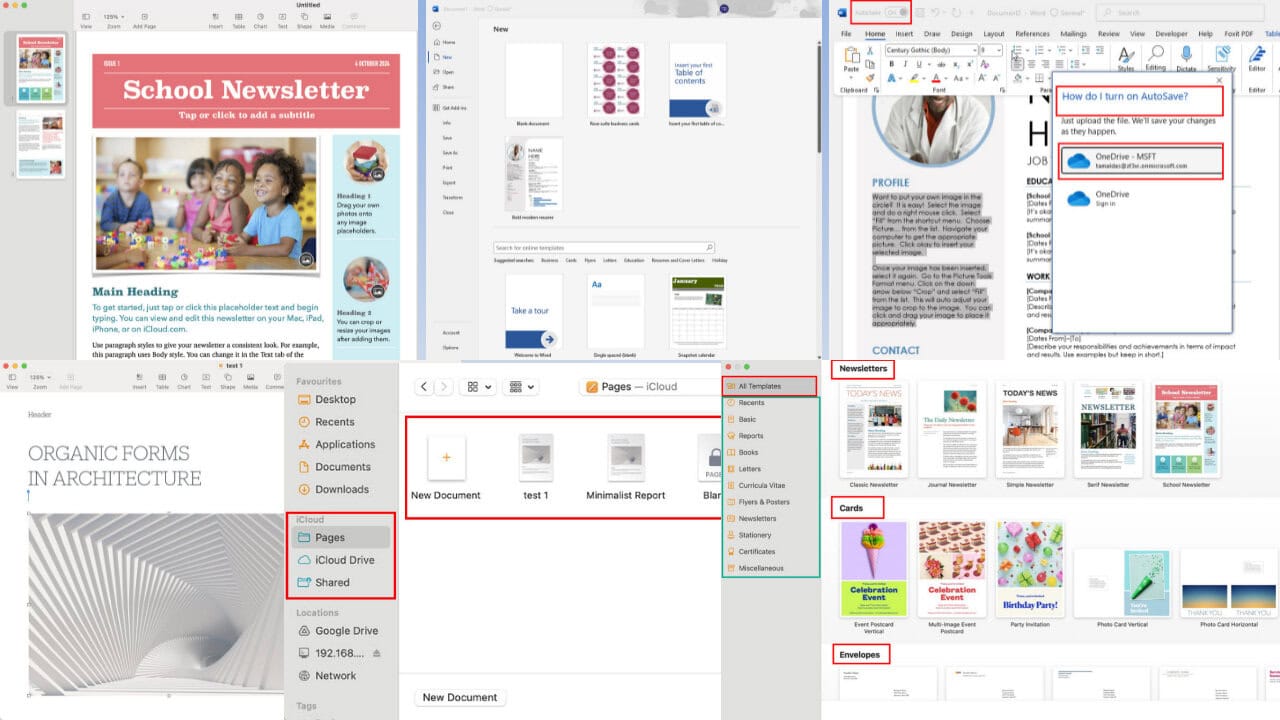
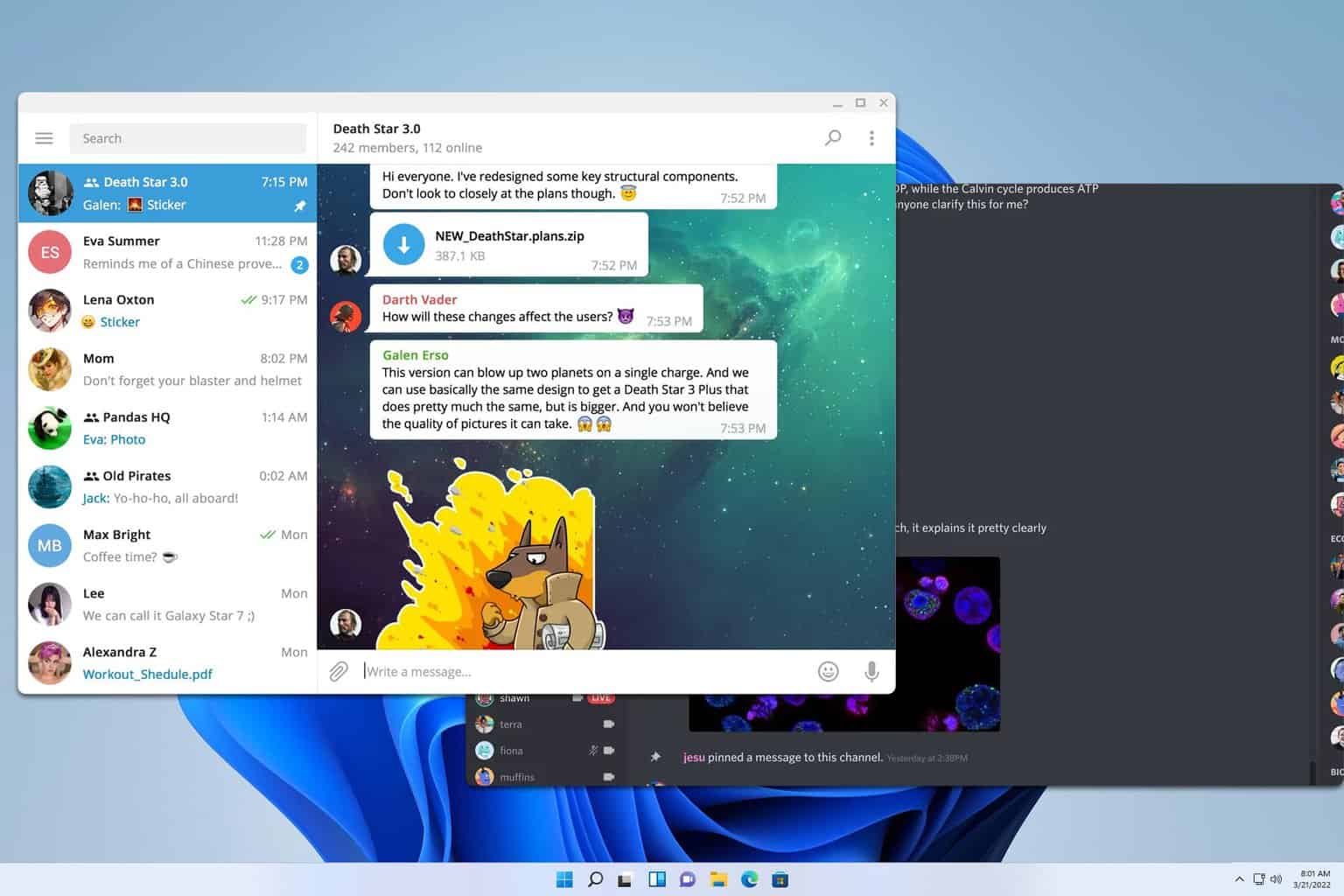
User forum
1 messages